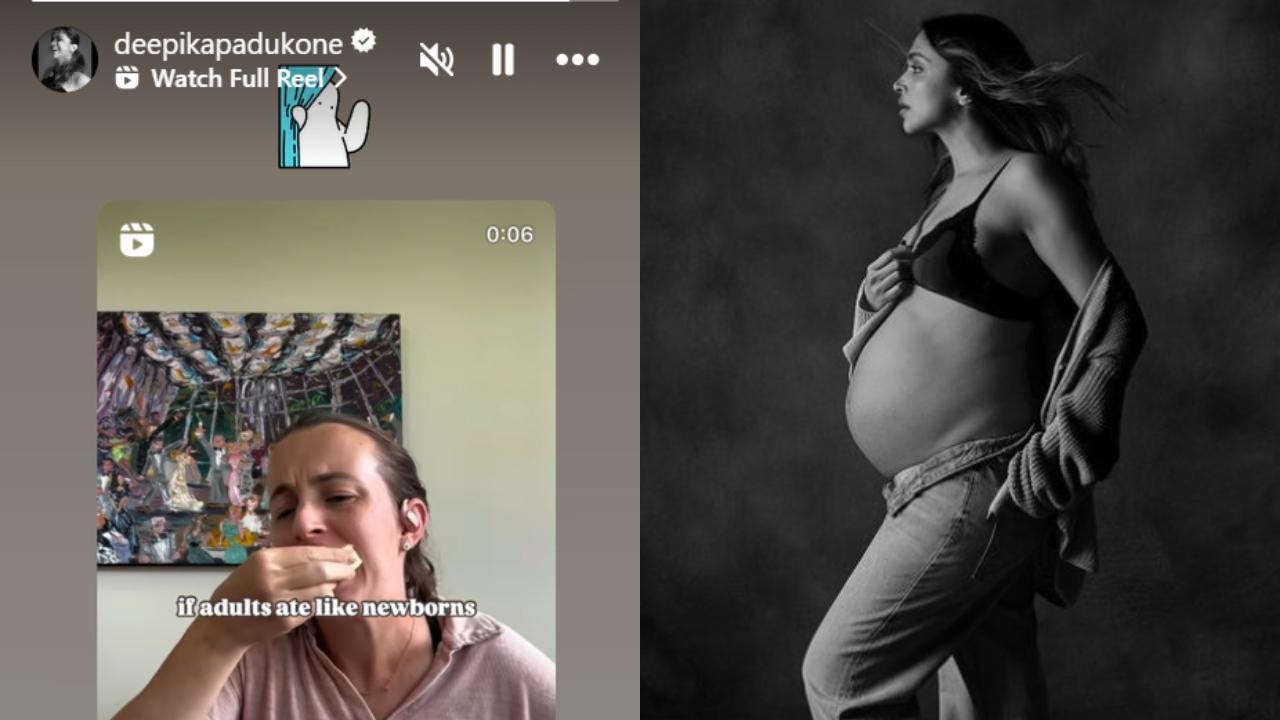Late August is a superb time for a drive up to Angel Fire, and on Thursday, August 29, you can combine the scenery with the final concert in Music from Angel Fire’s 2024 season. Just one warning: You’ll be two years older than when you left. The featured repertory is Antonio Vivaldi’s The Four Seasons and Astor Piazzolla’s Southern Hemisphere reinterpretation, The Four Seasons of Buenos Aires , each of which vividly depicts outdoor activities during a year traveling around the sun.
Vivaldi’s version consists of four violin concertos, each prefaced with a sonnet (possibly written by the composer) specifying the inspiration for the music. Here’s the beginning the first sonnet: Spring has arrived, and joyfully the birds greet her with glad song, while at Zephyr’s breath the streams flow forth with a sweet murmur. Her chosen heralds, thunder and lightning, come to envelope the air in a black cloak; once they have fallen silent, the little birds return anew to their melodious songs .

.. Multiple different birds tweeting, streams burbling, thunder rolling, and lighting crackling are heard in rapid succession, setting the pattern for the entire piece.
Vivaldi put matching capital letters next to lines in the sonnet — such as “a furious swarm of flies and blowflies,” “hailstones chop off the heads of proud cornstalks,” and “the drunken hunters asleep” — and to the corresponding effect in his music. In addition, he also added some written instructions to the score that aren’t mentioned in the sonnet, such as “the barking dog” next to a musical symbol telling the violist to play loudly. The Four Seasons was one of the first major examples of program music, flourishing during the Romantic Era — Richard Strauss is its most notable practitioner — and one of the first works to become enormously popular during the Baroque rediscovery of the 20th century.
A child prodigy on the bandoneón , Piazzolla was born in Argentina, spent 13 years in New York, then returned to Argentina at age 16, where he played in tango bands while also studying classical music with countryman Alberto Ginastera. Starting in the early 1950s Piazzolla incorporated elements from jazz and classical music — including polyphony, chromaticism, and nontraditional instruments — into his own, highly personal version of tango, earning disapproval from most of his fellow practitioners and writers. Now known as nuevo tango , it was usually scored for violin, electric guitar, bass, and piano, in addition to Piazzolla’s bandoneón , and first earned acceptance in France and the U.
S. His version of the seasons was written over a several-year period and premiered as a cycle in 1970. The Angel Fire performance uses an arrangement by Russian composer Leonid Desyatnikov that recasts the work for solo violin and small orchestra, à la the original.
It also incorporates several musical quotations from the Vivaldi, using the Southern Hemisphere’s inversion of the seasons, with Piazzolla’s spring featuring music from Vivaldi’s fall, and so on..



















